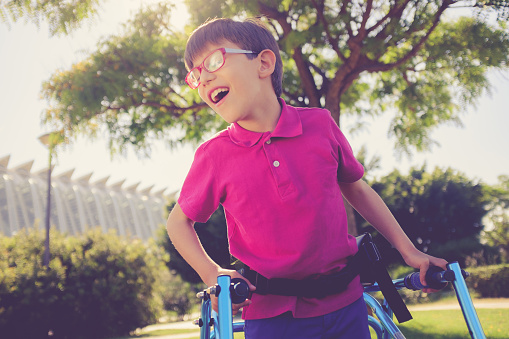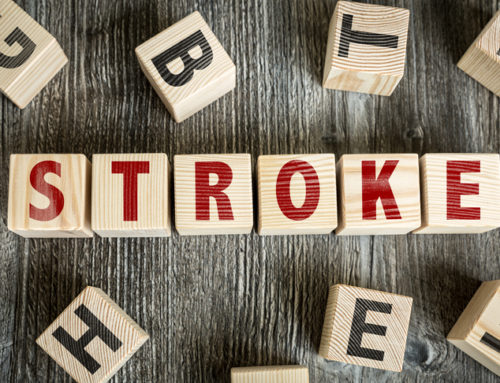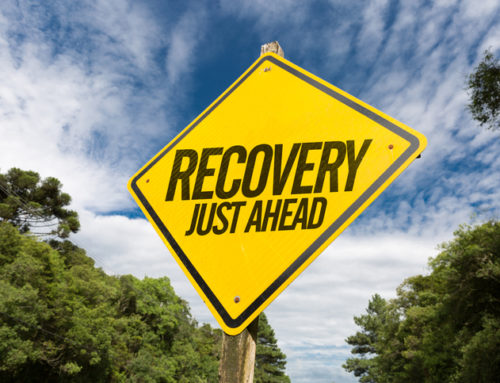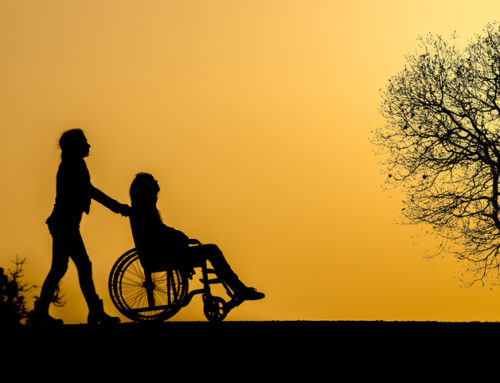What you need to know…
Nobody wants to talk about childhood strokes. Just the very thought of it conjures up unspeakable pictures in our minds and the sadness that goes along with it. Unfortunately, for the families who have been affected by this, there is no choice but to attack it head on—finding the right resources for a quicker recovery and a positive long terms outcome.
According to the Cleveland Clinic, childhood strokes are more common than most people think or are aware of—many think that brain tumors in children are more likely to occur than a stroke. However, in reality, strokes are two times more likely to occur in children than brain tumors. Approximately 4,000-5,000 strokes occur each year in children from infancy through the teenage years—the highest risk during the first year of life, typically in the newborn stage. Causes are several and variable in nature—ranging from congenital heart disease, torn blood vessels in the brain, MoyaMoya disease, to other blood clotting issues, among others. Approximately fifty percent of these children will suffer cognitive impairment, compromised motor skills, ability to walk, visual deficiencies, epilepsy, eating difficulties, seizures and a below average IQ. The good news is that children who do suffer from a stroke are much more resilient than adults, with a much more positive outlook for recovery. Age, developmental stage at time of stroke and environment will dictate the modalities used. For instance, a child that experiences muscle tightness, may need PT to help with movement to avoid future deformities. In addition, depending on the developmental level, play-based therapy may be part of the treatment. [2] Individualized treatment/rehabilitation programs are essential to recovery or to minimize deficits. Studies have shown that ‘novel approaches, such as functional electric stimulation, robotic therapy, virtual reality and action may be promising for more severe upper limb deficits or early intervention. Rehabilitation of motor deficits following paediatric stroke remains understudied, but a number of promising therapies are emerging.’[3] [1] Health.clevelandclinic.org [2] Strokesmart.org [3] Sciencediret.comRehabilitation varies for each child—






